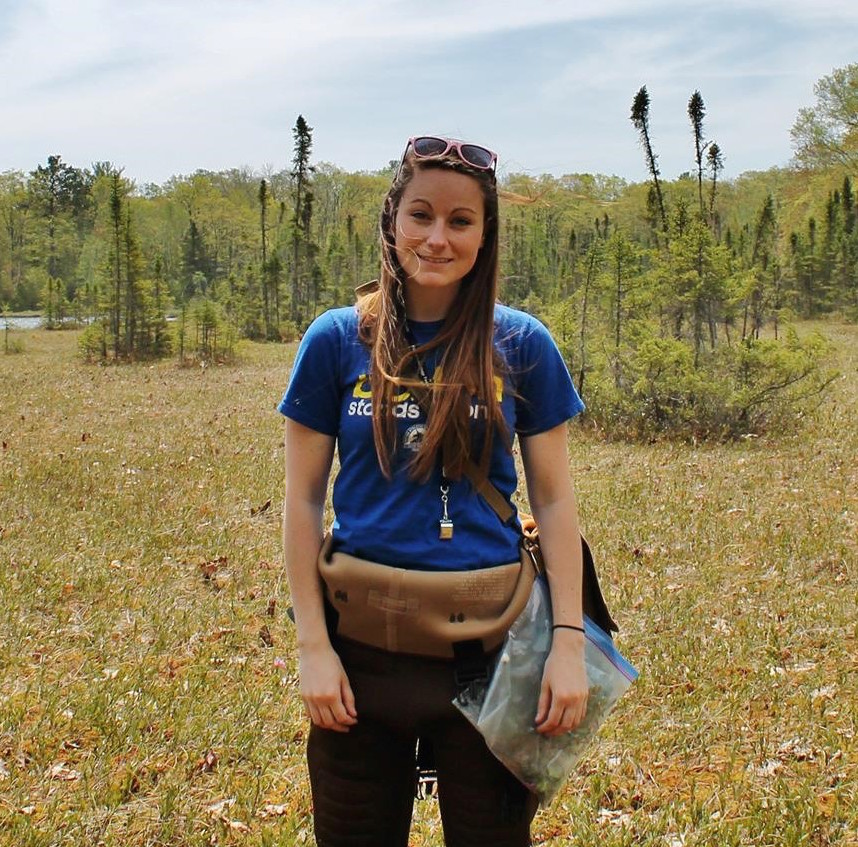
M.S. Candidate, Utah State University
2019 Conference Travel Grant Type 2 (Society of Wetland Scientists)
Response of invertebrate assemblages to Phragmites australis invasion and native plant revegetation in Great Salt Lake wetlands
“An invasive grass, Phragmites australis (common reed), is rapidly invading Great Salt Lake wetlands, outcompeting native vegetation, and substantially altering critical habitat for migratory birds and waterfowl. Although the removal of Phragmites can help restore native vegetation, additional factors, such as food resource availability, contribute to bird habitat quality. Specifically, invertebrates provide an important food source for many bird species, yet how Phragmites may be altering invertebrate assemblages is unclear. This project addresses three primary objectives to help fill these knowledge gaps: 1) Examine how invertebrate assemblages respond to Phragmites invasion 2) Identify if Phragmites removal and the reestablishment of native vegetation can restore invertebrate species composition, biomass, and diversity within previously invaded wetlands and 3) Estimate the role of different restoration techniques in determining invertebrate recovery success. To accomplish these objectives, we are examining the terrestrial invertebrate assemblages associated with three dominant native wetland vegetation types, invaded Phragmites areas, and two active restoration sites using a combination of emergence and flight-intercept traps. A focus on terrestrial insects that spend both their larval and adult stages within the wetlands will highlight differences in invertebrate assemblages among vegetation types and suggest habitats that are potentially important for aquatic insect larvae. Recognizing how invertebrates interact with Phragmites as well as with native vegetation is a critical component of understanding how to restore these wetland habitats. By gaining a better understanding of these relationships, invertebrate assemblage composition could serve as a potential assessment metric for determining wetland restoration success.”
